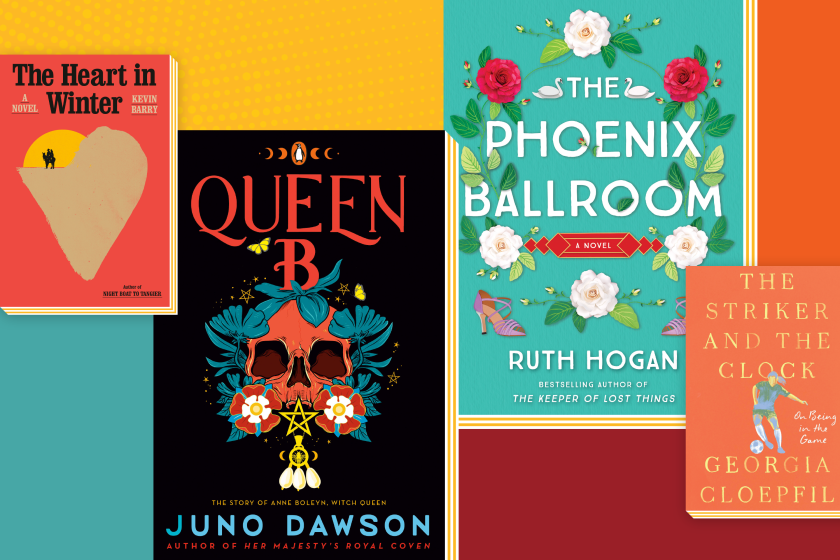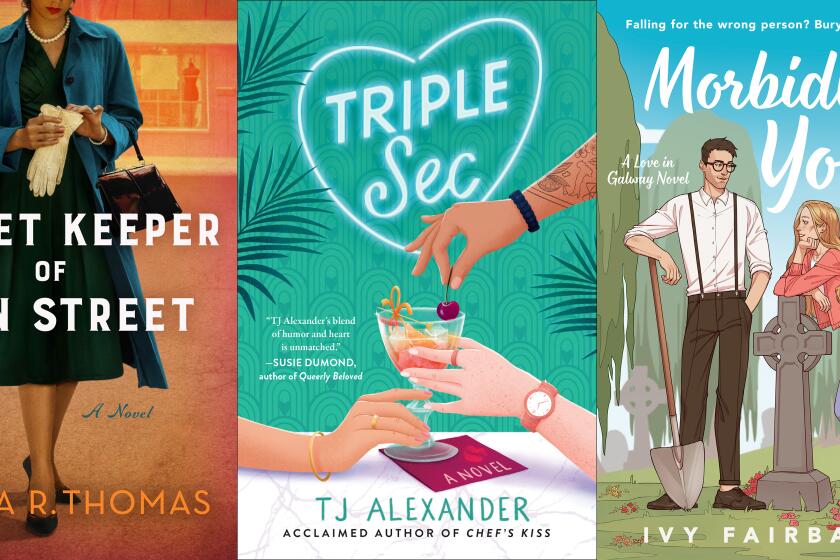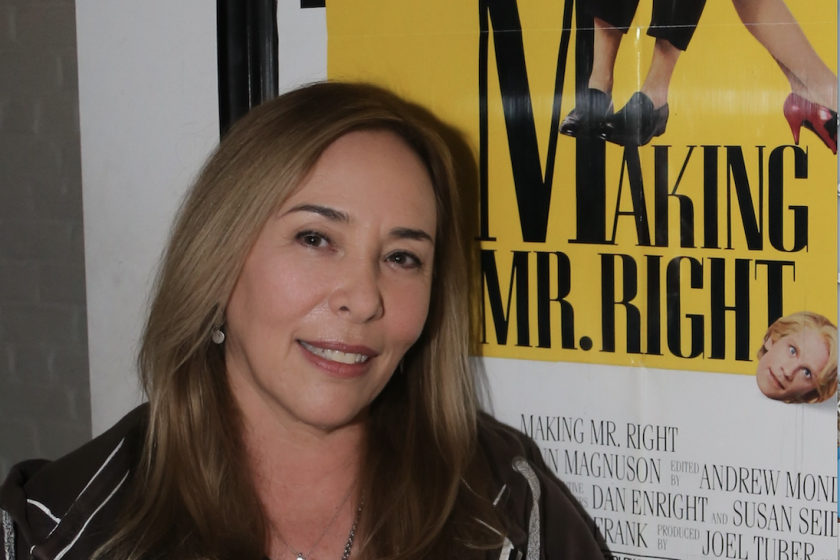5 mysteries to read this summer -- and their authors reveal their reading lists

Dying to Know
Mystery Writers Answer Burning Questions
If you buy books linked on our site, The Times may earn a commission from Bookshop.org, whose fees support independent bookstores.
This summer’s crop of mysteries is bountiful and varied. From the 18th and final book in a beloved series to a story of marginalized people to a new take on the serial killer trope, here’s a small sample of thrillers we’ll be reading in the next few months, along with answers to some “dying to know” questions we’ve put to their authors.
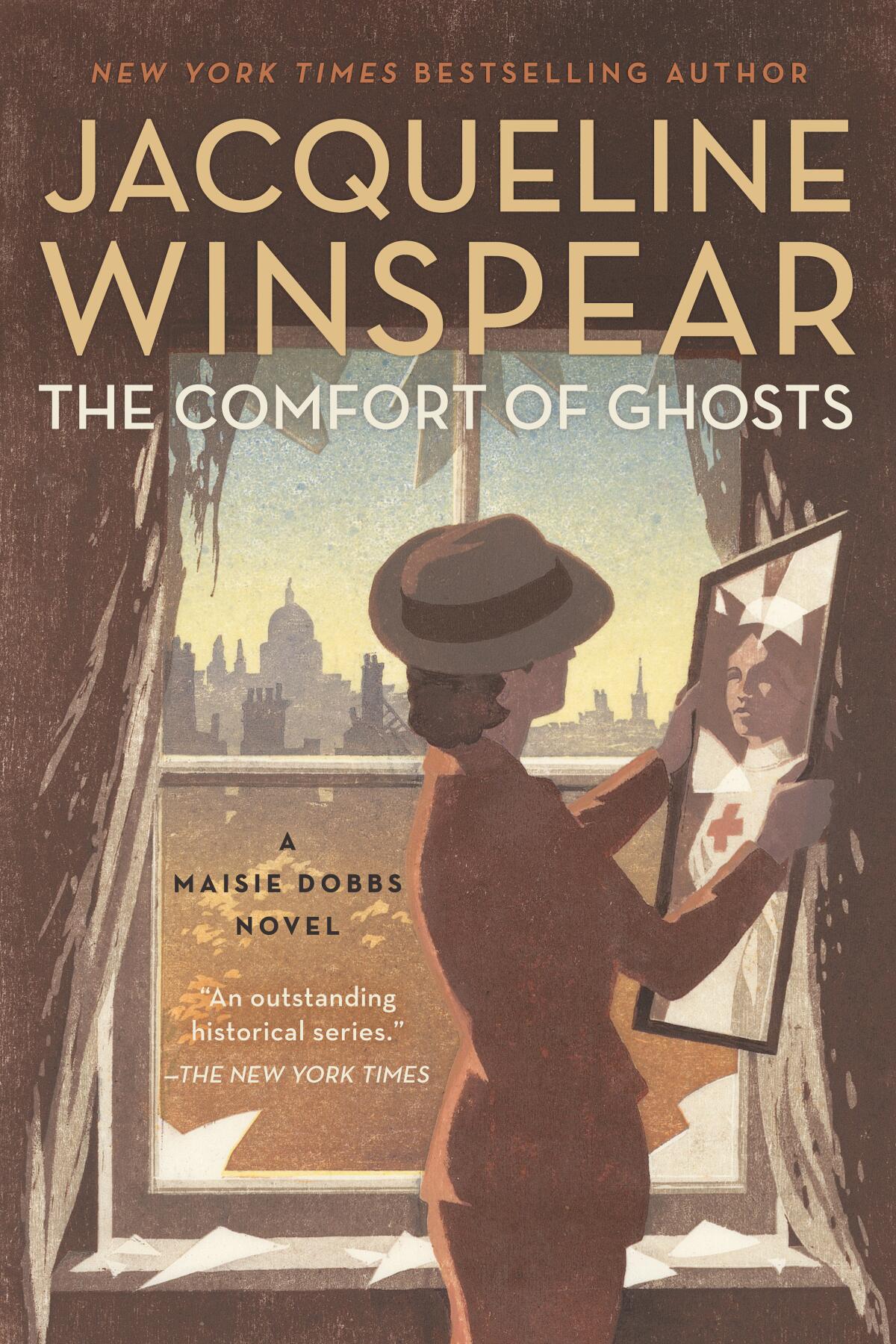
The Comfort of Ghosts
By Jacqueline Winspear
Soho Crime: 360 pages, $30
Out now
It’s October 1945. World War II is over and England is grappling with its devastating consequences, including continued food rationing, homelessness and psychological trauma. As private investigator and trailblazing psychologist Maisie Dobbs tries to help a small group of youth and a badly wounded soldier who are sheltering illegally in the Belgravia mansion of a friend, the various secrets the squatters harbor have implications that bring Scotland Yard calling and involve Dobbs’ deceased first husband. In sorting out those mysteries and helping a young man depressed over his role in ending the war, Dobbs draws on friends and colleagues who form what a character calls the “web of life” Dobbs has cultivated over the years. Facing the deep pain of the past and a future with her second husband that glimmers with possibilities makes Dobbs’ final case a deeply satisfying coda to the series and a fitting tribute to Winspear’s contribution in putting a female lens on the damage wrought by war on individuals, their families and society at large.
Here are 20 upcoming books — publishing between late May and August — that we recommend to kick off the summer reading season.
What was your thought process in writing the novel’s prologue, which introduced the novel’s theme so beautifully?
Oh my goodness, I don’t think I had a “thought process” — it was more of a “heart process.” I knew how each of the characters described was haunted by their very different experience of war, and my heart went out to them. I had to get inside their pain to introduce the themes I wanted to explore in “The Comfort of Ghosts,” and in doing that I was preparing the ground for what would come next.
Speaking of which, what’s next for you?
I’m always a bit cagey when I’m asked that question, but here are a few hints. I’m going to Berlin in October — a research trip. And I want to break out of my lane a bit more and tackle a couple of longer-form nonfiction projects I have in mind. Next year, I’m joining an expedition of scientists, artists and other creatives to witness climate change in the high Arctic Circle. I know I will return bursting with ideas! Finally, I’ve been wanting to write a more lighthearted series, focusing on a protagonist who is almost the opposite of Maisie Dobbs — in fact, I’ve already started with a character who had a walk-on part in one of the series’ novels!
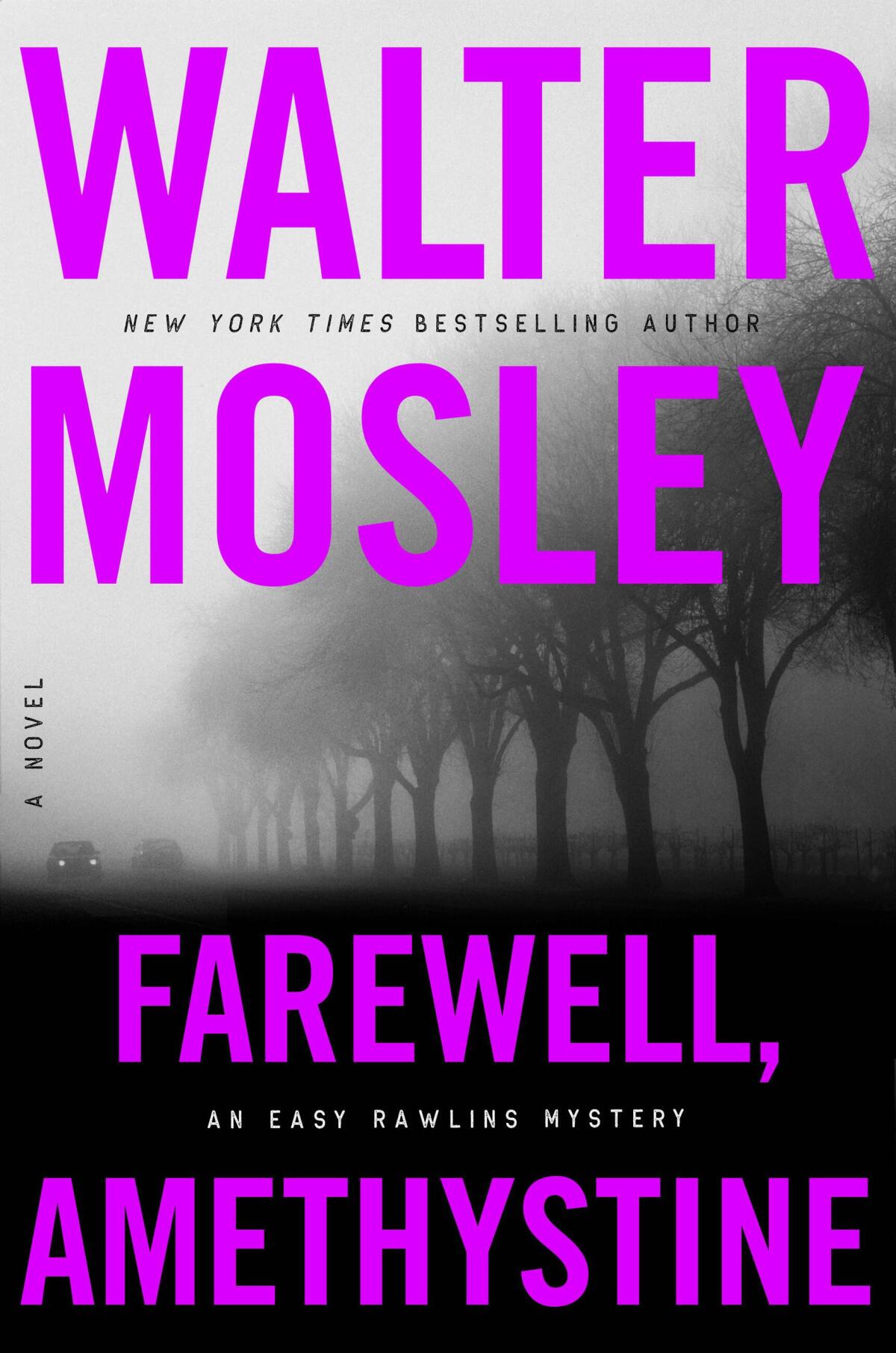
Farewell, Amethystine
By Walter Mosley
Mulholland Books: 336 pages, $30
Out now
By 1970, with a partnership in a successful PI agency and a stable and happy family, Easy Rawlins is a changed and contented man. Having weathered the Watts riots and in the midst of a hippie revolution, Los Angeles has changed too. But a new client — the satin brown-skinned and amber-eyed Amethystine Stoller — prompts Easy’s memory of a teenage love in Texas. Will memories of the past nudge him into an affair that, as the book’s title suggests, is doomed to fail? Or will his investigation into Stoller’s ex-husband’s disappearance as well as that of Melvin Suggs, Easy’s friend and an LAPD commander, be his undoing? The quest for answers sends Easy into some classic L.A. haunts and encounters with an extensive network of friends and adversaries, with Fearless Jones and LAPD cop Anatole McCourt playing supporting roles. L.A. is definitely changing, but watching Easy navigate its nastier vicissitudes while speaking truth to power is “Farewell, Amethystine’s” — and this enduring series’ — North Star.
Summer 2024 is chock-full of romance novels with intriguing plots that explore the vagaries of the human heart.
Talk about the thinking behind the novel’s evocative first chapter, which deftly encapsulates Easy’s past, present and future.
More and more, I like to come at my fiction from an oblique angle so I can get into the world of the story and its moods without being too heavy handed. In “Farewell, Amethystine,” I wanted to show characters that readers have known for a while [including Easy] existing in the trendsetting 1970s, when the rules are loosening and relationships are therefore realigning. Mouse [Raymond Alexander] is becoming some kind of intellectual but he’s just as deadly as he’s always been — maybe even more so. Easy is comfortable in his 50th year, but for a man like him, this is just the calm before the storm.
What’s on your summer reading list?
I’ve been rereading some golden oldies most recently: “One Hundred Years of Solitude,” “The Three Pillars of Zen” and I’m making my way through “The Complete Sherlock Holmes.”
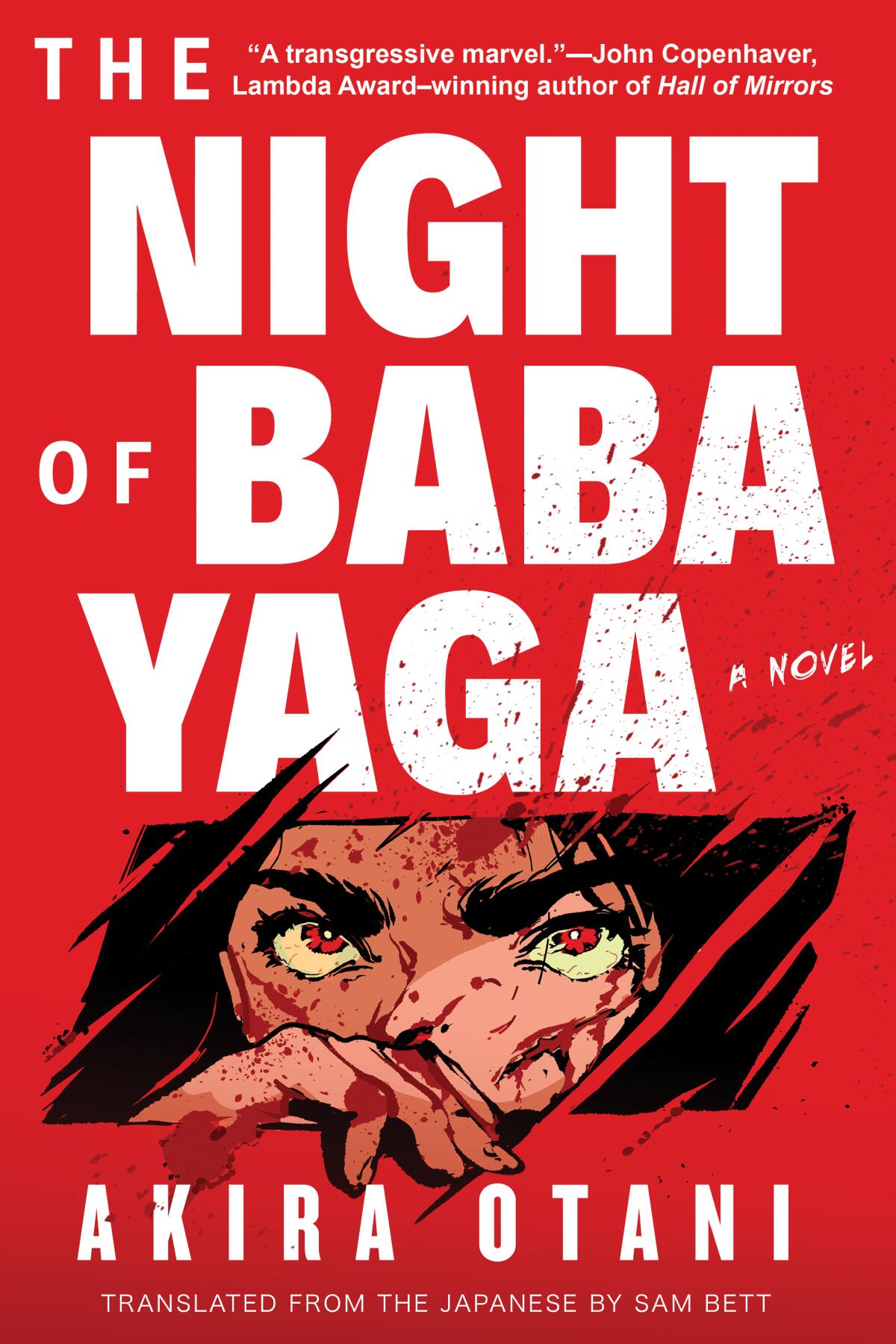
The Night of Baba Yaga
By Akira Otani. Translated by Sam Bett
Soho Crime: 216 pages, $28
Out July 2
Buckle up for “The Night of Baba Yaga,” the thrilling English-language debut of Akira Otani, a Japanese writer of video games. Through a fresh lens, Otani spins a lean and mean tale of female empowerment — think “Thelma & Louise” vs. the yakuza. Yoriko Shindo, a tough woman descended from samurai, is kidnapped to serve as bodyguard to Shoko Naiki, a brutal yakuza boss’ daughter who’s as delicate as a “crane perched in a landfill.” Translated in bursts of vivid prose by Sam Bett, this mismatched pair becomes the reader’s guide to a time-jumping outlaw tale that is both shocking in its violence and bracing in its depiction of a relationship that no one — not the yakuza’s minions, their boss or the women themselves — see coming.
The story of why Priyanka Mattoo quit her job as a Hollywood agent to pursue a career in writing has as many twists and turns as her literary debut, the memoir ‘Bird Milk & Mosquito Bones.’
Otani’s responses were translated from Japanese by Bett.
Your novel, as translated by Sam Bett, has a leanness in its language and imagery that is reminiscent of a great manga or a movie script. How has your background influenced your writing?
Writing for video games is how I started my career, but I’d been writing fiction as an amateur for quite some time. If my work comes across as lean, I suppose that it’s because I’m in a hurry. My job is to grab readers by the scruff of the neck and pull them into the story.
Can you share why the myth of the Baba Yaga was so important in the novel? Beyond the myth, was there other fiction or films that influenced you?
For a while now, I’ve been interested in Baba Yaga as an example of this female trickster that pops up in folklore and mythology. She’s a free spirit. Who knows what she’ll do next? Even in folklore, this kind of woman is a rarity. Throughout the novel, the myth of Baba Yaga offers hints at Shindo’s roots, something the story never specifies. While writing the book, I drew the greatest inspiration from John Wagner’s graphic novel “A History of Violence.”
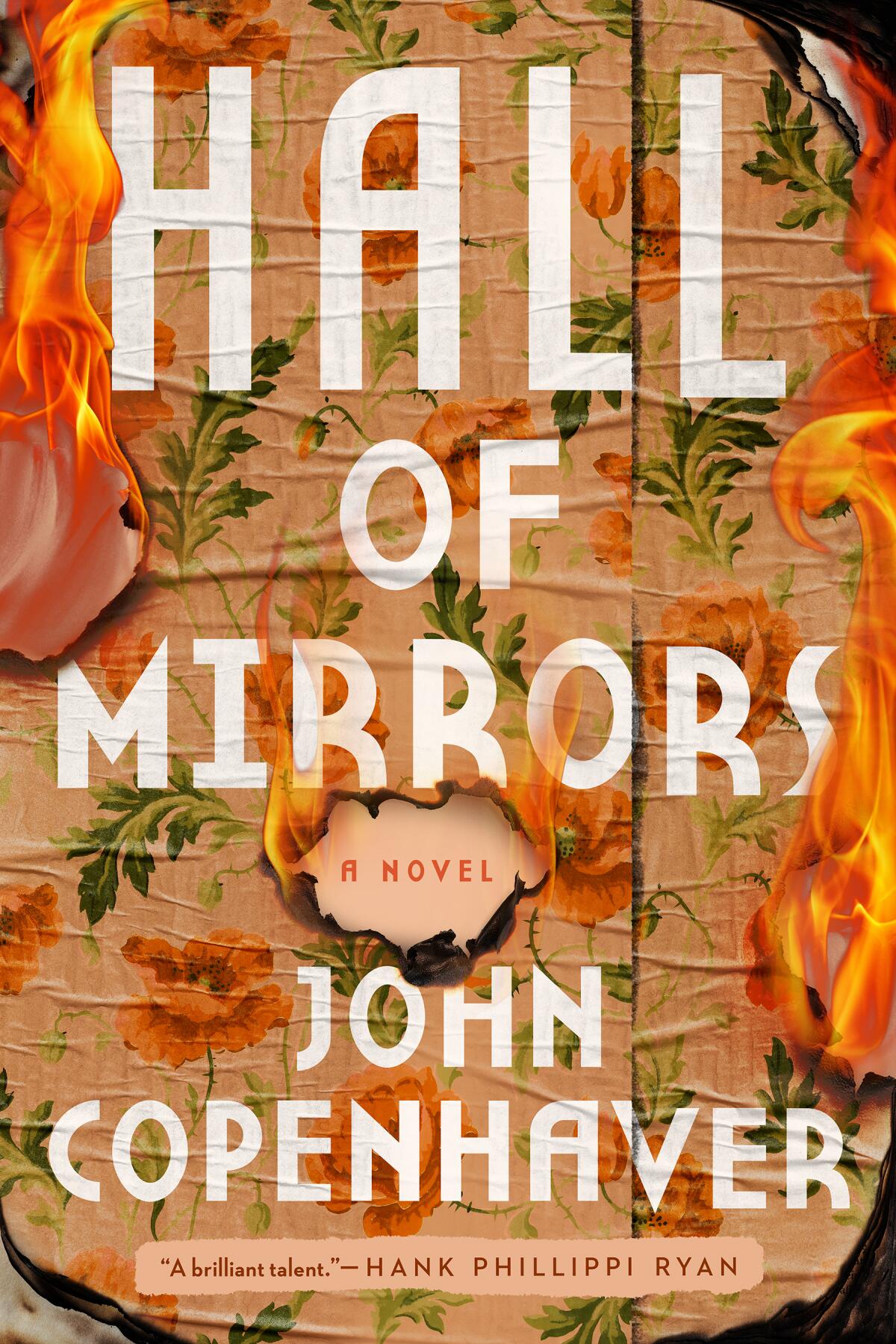
Hall of Mirrors
By John Copenhaver
Pegasus Crime: 336 pages, $28
Out now
Roger Raymond, a recent casualty of the anti-gay Lavender Scare of the 1950s, dies in a suspicious apartment fire. Lionel Kane, Raymond’s Black roommate, secret lover and collaborator on a popular mystery series penned under the name Ray Kane, is bereft and suspicious about the circumstances of the fire, even questioning whether the corpse is really Roger’s. Comforting Lionel are new friends Philippa Watson and Judy Nightingale, a closeted couple who met Roger at a book signing and had previously reached out to Ray Kane regarding a series of unsolved murders linked to a notorious spy. While not essential to unraveling the mystery of Roger’s death or the intrigue that unfolds, readers of the first mystery featuring Philippa and Judy, “The Savage Kind,” will be thankful that Copenhaver wasn’t finished with their tempestuous love story or their sleuthing inclinations. Set in 1954, “Hall of Mirrors” is a stunner and something rare for a historical mystery. Copenhaver has alchemized the intimacies and pain of midcentury queer characters into something more universal and timeless, reflecting back to us the closets in which marginalized people have been forced to live, and their righteous struggles to break free.
Susan Seidelman’s new memoir, ‘Desperately Seeking Something,’ traces the arc of American film over the last 45 years as refracted through her singular career.
Speaking at a book signing, Roger Raymond says of crime fiction: “The story, at first glance, might be about a legal transgression — the breaking of law — but any crime novelist worth his salt should be writing about morals, not laws.” Why include that line in the novel?
The story of marginalized people — queer people and people of color — is the story of not just cultural marginalization but legal and political oppression. The popular phrase “Be gay, do crime” is a reminder that being openly yourself during specific historical periods, especially in the 1950s, was a criminal act. (Decriminalization of same-sex activity on the state level didn’t begin until 1962.) That’s a paradox crime fiction has a unique opportunity to explore by posing questions through storytelling about the contrast between written law and ethical justice.
You recommended another queer crime novel reviewed here. Why is “The Night of Baba Yaga” on your summer reading list?
Although new mysteries by Robyn Gigl and Wanda Morris are also on my list, I loved this novel’s propulsive energy, its grit and especially the tenderness of the queer love story at its heart. I teach undergrads at Virginia Commonwealth University, and I want them to discover the joy of reading mysteries and thrillers. Otani’s book is a great “gateway drug” to the world of crime fiction!
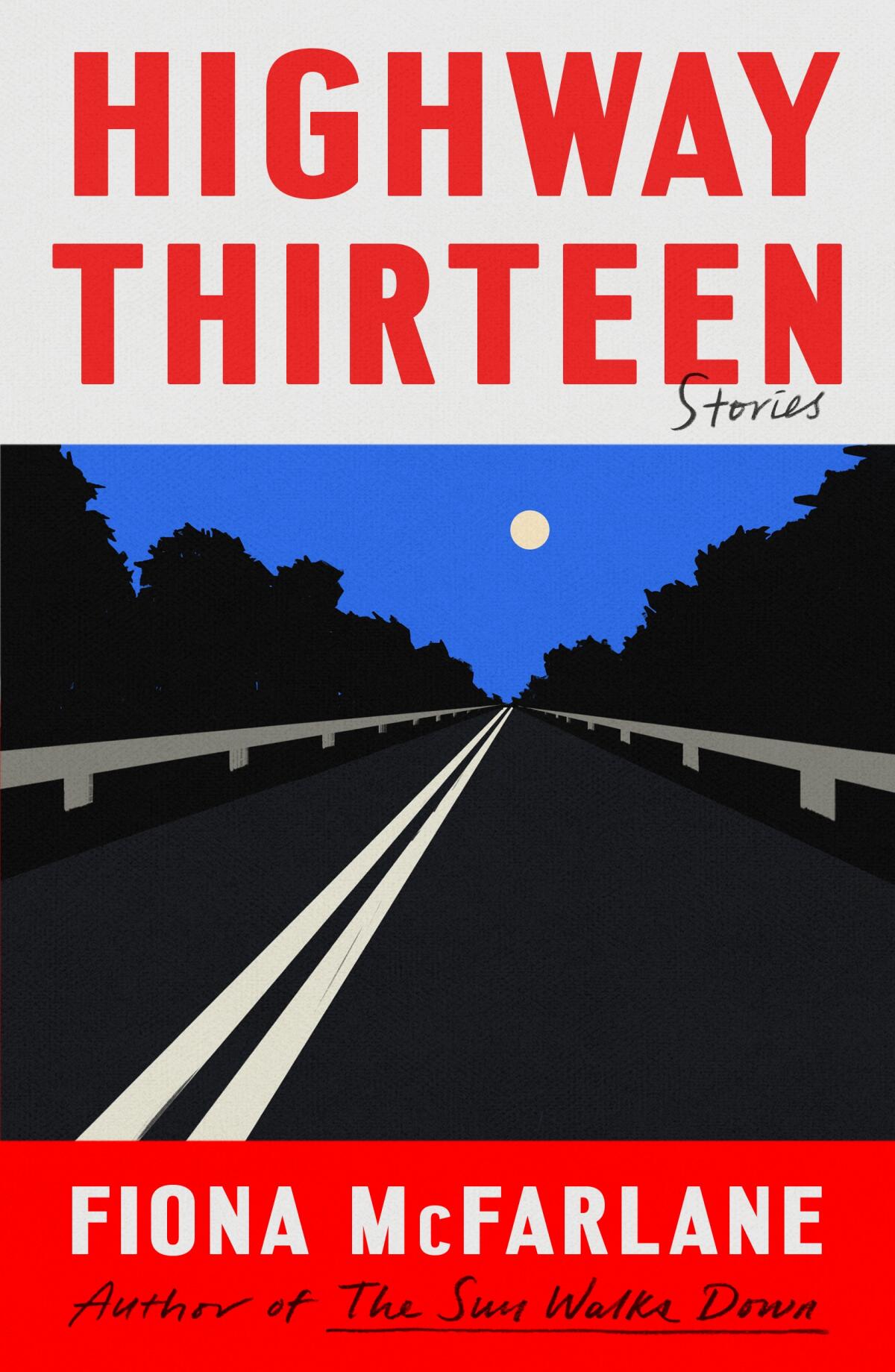
Highway Thirteen
By Fiona McFarlane
FSG: 272 pages, $27
Out Aug. 13
For too long a subset of thrillers have glorified the serial killer — his (for it was often a man) diabolical techniques, tragic family history and the twisted workings of his minds. The serial killer’s victims, often young women, are reduced to plot points whose purpose is to advance the story or — as I’ve thought in my more cynical moments — amass the largest audience, and revenues, possible. Luckily that’s changed as literary and film criticism have challenged both the serial killer and the dead girl tropes. New fiction that advances that conversation is “Highway Thirteen,” Fiona McFarlane’s smart, deeply moving collection of interconnected stories that ping-pong across three generations and a continent to examine a serial killer’s impact on a small Australian community. Readers may be tempted to hazard an opinion of who and what the killer is from the perspectives his ancestors, neighbors, the media, groupies, even the tangentially involved, offer, but in the end it is their stories — of loss, obsession and brokenness — that linger.
There’s something very sad about referring to Bruce Willis in the past tense, or the arrival of a book that serves as a career retrospective.
You’ve lived in Australia and now in the San Francisco Bay Area. Knowing both cultures, would you say Australians are as obsessed with serial killers as we are in the U.S.?
Yes, Australians share the U.S.’ fascination with serial crime, and there are also some similarities in the crime themselves. For example, Australia and the U.S. are both enormous countries full of highways and lonely roads, and many of Australia’s most infamous serial killers have operated along highways.
What’s on your summer reading list?
William Roughead’s 19th century true crime stories, anthologized by New York Review Books Classics in “Classic Crimes,” and “Liliana’s Invincible Summer” by Cristina Rivera Garza.
More to Read
Sign up for our Book Club newsletter
Get the latest news, events and more from the Los Angeles Times Book Club, and help us get L.A. reading and talking.
You may occasionally receive promotional content from the Los Angeles Times.
